Shoulder periarthritis can be treated through hot compress therapy, massage, acupuncture therapy, oral administration of traditional Chinese medicine, functional exercise, and other methods. Shoulder periarthritis is usually related to factors such as invasion of wind cold dampness, chronic strain, trauma, insufficient qi and blood, and liver and kidney deficiency, manifested as symptoms such as shoulder pain, limited mobility, and muscle atrophy.
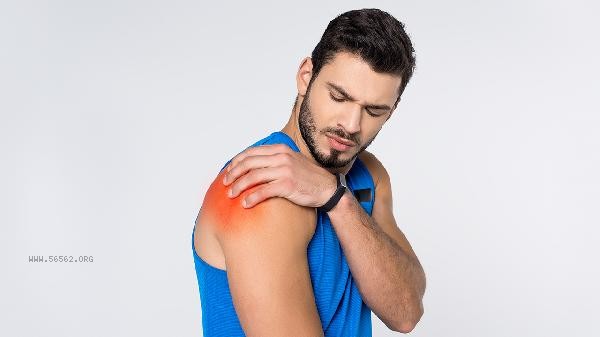
1. Hot compress therapy
Hot compress therapy is a commonly used method for treating shoulder periarthritis, which can promote local blood circulation, relieve muscle spasms and pain. Moxibustion, traditional Chinese medicine hot compress packs, and other methods can be used for hot compress. The duration of each hot compress should be controlled at 20-30 minutes, and the temperature should be tolerable for the patient. After applying hot compress, pay attention to keeping warm and avoid worsening symptoms caused by catching a cold. For patients with acute shoulder periarthritis, the temperature and duration of hot compress should not be too high.
2. Tuina massage
Tuina massage can release the adhesive tissue around the shoulder joint and improve local blood circulation. Common techniques include rolling, kneading, grasping, and plucking, with a focus on acupoints such as the shoulder well, shoulder hip, and shoulder ridge. The massage force should be moderate, within the patient's tolerance, to avoid secondary injuries caused by violent operations. After massage, passive shoulder joint movement can be combined to gradually increase the range of motion. Massage therapy requires professional physicians to operate, and it is not recommended for patients to try it on their own.
3. Acupuncture therapy
Acupuncture therapy stimulates specific acupoints to unblock meridians and harmonize qi and blood. Commonly used acupoints include the shoulder ridge, shoulder ridge, shoulder Zhen, arm ridge, etc., which can be combined with electroacupuncture to enhance the therapeutic effect. Acupuncture treatment requires the operation of professional traditional Chinese medicine practitioners, and the selection of tonifying and purging techniques should be based on the specific situation of the patient. For patients with obvious pain, blood letting therapy can be used in combination. Acupuncture treatment usually consists of 10 sessions per course, with 2-3 sessions per week.
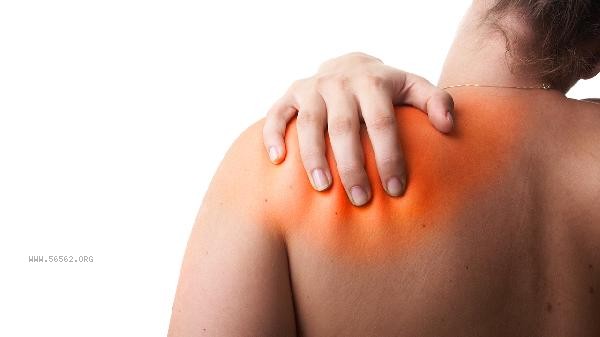
4. Oral administration of traditional Chinese medicine
Different prescriptions can be selected according to the differentiation of syndromes. The wind cold dampness type can be treated with modified Qianghuo Shengshi Tang, the qi stagnation and blood stasis type can be treated with modified Shentong Zhuyu Tang, and the liver and kidney deficiency type can be treated with modified Duhuo Jishi Tang. Commonly used traditional Chinese medicines include Qianghuo, Duhuo, Guizhi, Danggui, Chuanxiong, Honghua, etc. Traditional Chinese patent medicines and simple preparations can choose Shujin Huoxue Tablet, Zhuifengtougu Pill, Xiaohuoluo Pill, etc. Traditional Chinese medicine treatment should be carried out under the guidance of a physician and should not be self administered.
5. Functional exercise
Functional exercise is the key to restoring shoulder joint mobility. Common exercise methods include wall climbing, pendulum movement, towel exercises, etc. Exercise should be gradual, transitioning from passive activities to active activities to avoid excessive force causing injury. Before exercising, you can apply a hot compress to the shoulders. If there is slight pain after exercise, it is normal, but if the pain continues to worsen, it should be stopped immediately. Functional exercise requires long-term persistence to achieve good results.
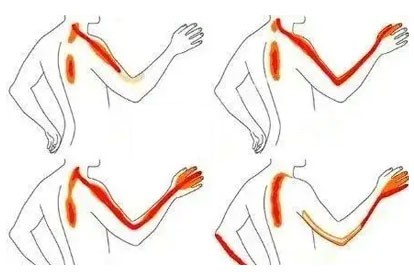
Patients with shoulder periarthritis should pay attention to keeping their shoulders warm in daily life, avoiding catching a cold and overexertion. During sleep, avoid compressing the affected shoulder and elevate the affected limb appropriately. In terms of diet, one can consume more warm and nourishing foods such as lamb, ginger, longan, etc., and avoid raw and cold foods. When the pain is obvious in the acute phase, shoulder movement should be reduced, while in the chronic phase, moderate exercise should be maintained. If the symptoms persist or worsen, timely medical examination and follow-up should be sought, and the treatment plan should be adjusted under the guidance of a doctor. During the treatment period, it is important to maintain a positive mindset and avoid anxiety that may affect recovery.

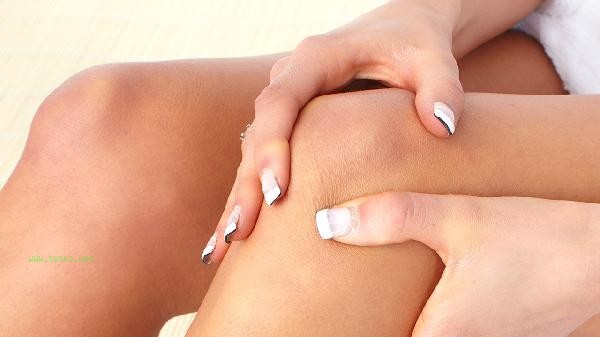
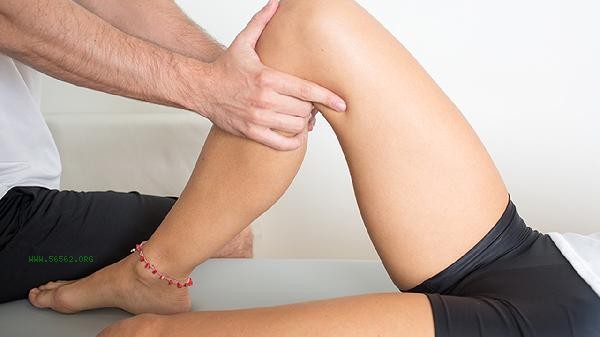
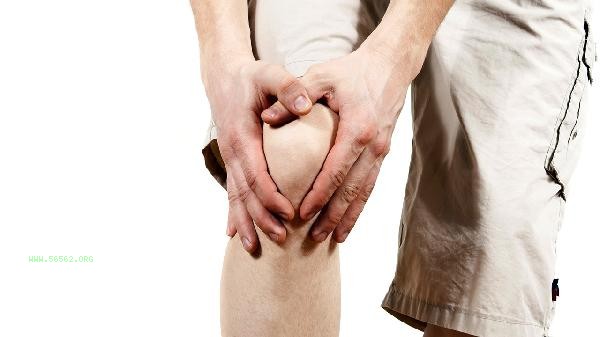
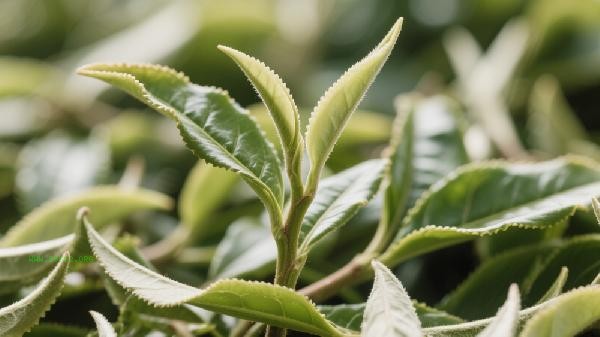
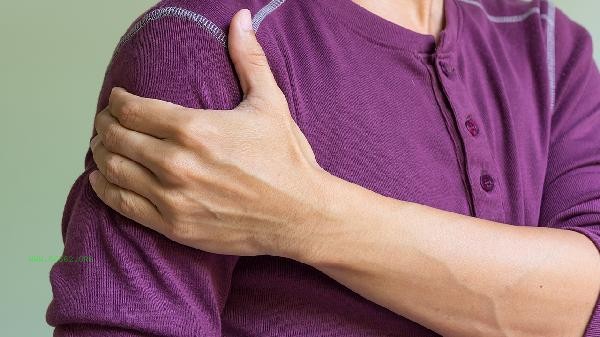


Comments (0)
Leave a Comment
No comments yet
Be the first to share your thoughts!